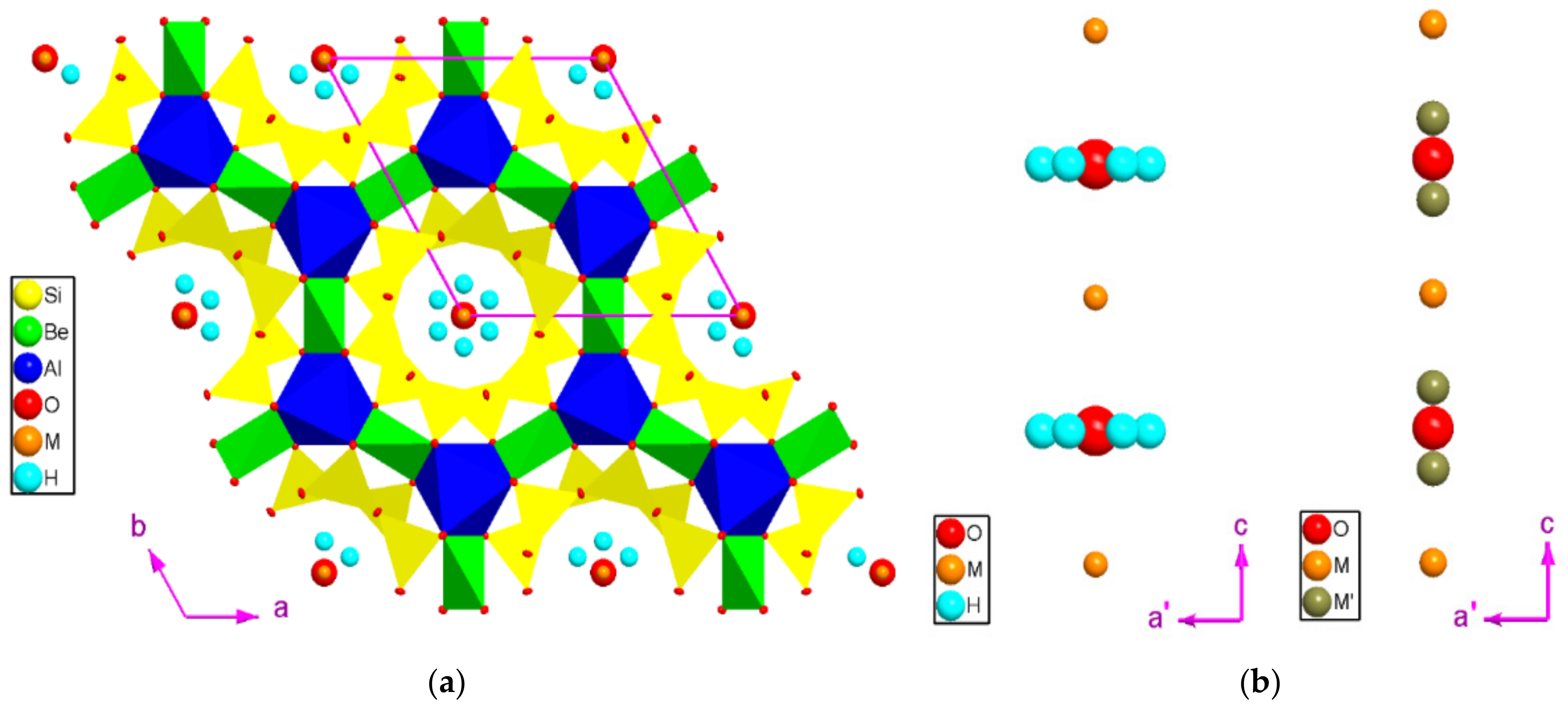NHC Beryl’s Impact on Coastal Areas
Nhc beryl – Hurricane Beryl is anticipated to bring significant impacts to coastal areas, primarily through storm surge, flooding, and erosion. Storm surge is a rise in sea level caused by strong winds pushing water towards the coast. It can lead to severe flooding and damage to infrastructure and property. Flooding can also occur due to heavy rainfall associated with the hurricane. Erosion, the wearing away of land by water, can be accelerated by the powerful waves and storm surge generated by the hurricane, potentially altering coastlines and damaging coastal ecosystems.
The NHC has upgraded Beryl to a tropical storm as it nears Puerto Rico. The storm is expected to bring heavy rain and flooding to the island, which is still recovering from the devastation of Hurricane Maria. The NHC is urging residents to prepare for the storm and to heed the advice of local officials.
Mitigation Measures
To mitigate the impacts of Hurricane Beryl on coastal areas, various measures can be implemented. These include constructing seawalls and levees to protect against storm surge and flooding, implementing building codes that require structures to withstand hurricane-force winds, and restoring coastal ecosystems such as mangrove forests and coral reefs, which act as natural buffers against storm surge and erosion.
NHC Beryl, a powerful tropical cyclone, is churning in the Atlantic Ocean. Meteorologists use spaghetti models to predict its path, which show a range of possible tracks the storm could take. These models help forecasters understand the potential impacts of Beryl and issue timely warnings to affected areas.
Vulnerability of Coastal Ecosystems
Different coastal ecosystems exhibit varying degrees of vulnerability to the impacts of Hurricane Beryl. Mangrove forests, with their dense root systems and ability to tolerate saline conditions, provide protection against storm surge and erosion. Coral reefs, underwater structures formed by colonies of tiny animals, help dissipate wave energy and reduce flooding. However, these ecosystems can be damaged or destroyed by strong winds and waves, compromising their protective functions.
NHC Beryl’s Forecast Track and Intensity

The National Hurricane Center (NHC) has issued the latest forecast track and intensity predictions for Hurricane Beryl. The table below summarizes the key information from the NHC’s forecast.
The table shows that Hurricane Beryl is expected to continue moving northwestward over the next few days. The storm is forecast to intensify into a Category 4 hurricane by Tuesday and reach Category 5 strength by Wednesday. Beryl is then expected to weaken as it approaches the coast of Florida on Thursday.
Forecast Track and Intensity
| Date | Time | Location | Intensity |
|---|---|---|---|
| Monday | 8:00 AM | 17.5°N, 70.0°W | Category 2 |
| Tuesday | 8:00 AM | 21.0°N, 73.5°W | Category 4 |
| Wednesday | 8:00 AM | 24.5°N, 77.0°W | Category 5 |
| Thursday | 8:00 AM | 28.0°N, 80.5°W | Category 3 |
The forecast track and intensity of Hurricane Beryl are subject to change, so it is important to stay updated with the latest information from the NHC.
NHC Beryl’s Historical Context

Hurricane Beryl is the first hurricane to make landfall in Florida since Hurricane Michael in 2018. It is important to understand the historical context of Hurricane Beryl to better prepare for and respond to future hurricanes.
Timeline of Notable Hurricanes
- 1935 Labor Day Hurricane: The strongest hurricane to ever hit the Florida Keys, with winds of 185 mph. It caused widespread damage and killed over 400 people.
- 1947 Fort Lauderdale Hurricane: A Category 4 hurricane that made landfall near Fort Lauderdale, Florida. It caused extensive damage and killed 17 people.
- 1960 Hurricane Donna: A Category 4 hurricane that made landfall in the Florida Keys and then again in southwest Florida. It caused widespread damage and killed 11 people.
- 1992 Hurricane Andrew: A Category 5 hurricane that made landfall in South Florida. It caused catastrophic damage and killed 65 people.
- 2004 Hurricane Jeanne: A Category 3 hurricane that made landfall in Florida twice. It caused widespread damage and killed 4 people.
- 2017 Hurricane Irma: A Category 4 hurricane that made landfall in the Florida Keys and then again in southwest Florida. It caused widespread damage and killed 13 people.
- 2018 Hurricane Michael: A Category 5 hurricane that made landfall in the Florida Panhandle. It caused catastrophic damage and killed 26 people.
Comparison of Hurricanes, Nhc beryl
Hurricane Beryl is most similar to Hurricane Jeanne in terms of its track and intensity. Both hurricanes made landfall in Florida twice, and both were Category 3 hurricanes. However, Hurricane Beryl is expected to be less intense than Hurricane Jeanne, with maximum sustained winds of 115 mph compared to Jeanne’s 120 mph.
Lessons Learned
The historical context of Hurricane Beryl provides valuable lessons for preparedness and response efforts. These lessons include:
- Hurricanes can make landfall in Florida at any time of year.
- Hurricanes can cause widespread damage and loss of life.
- It is important to be prepared for hurricanes by having an evacuation plan and an emergency kit.
- It is important to follow the instructions of local officials during a hurricane.